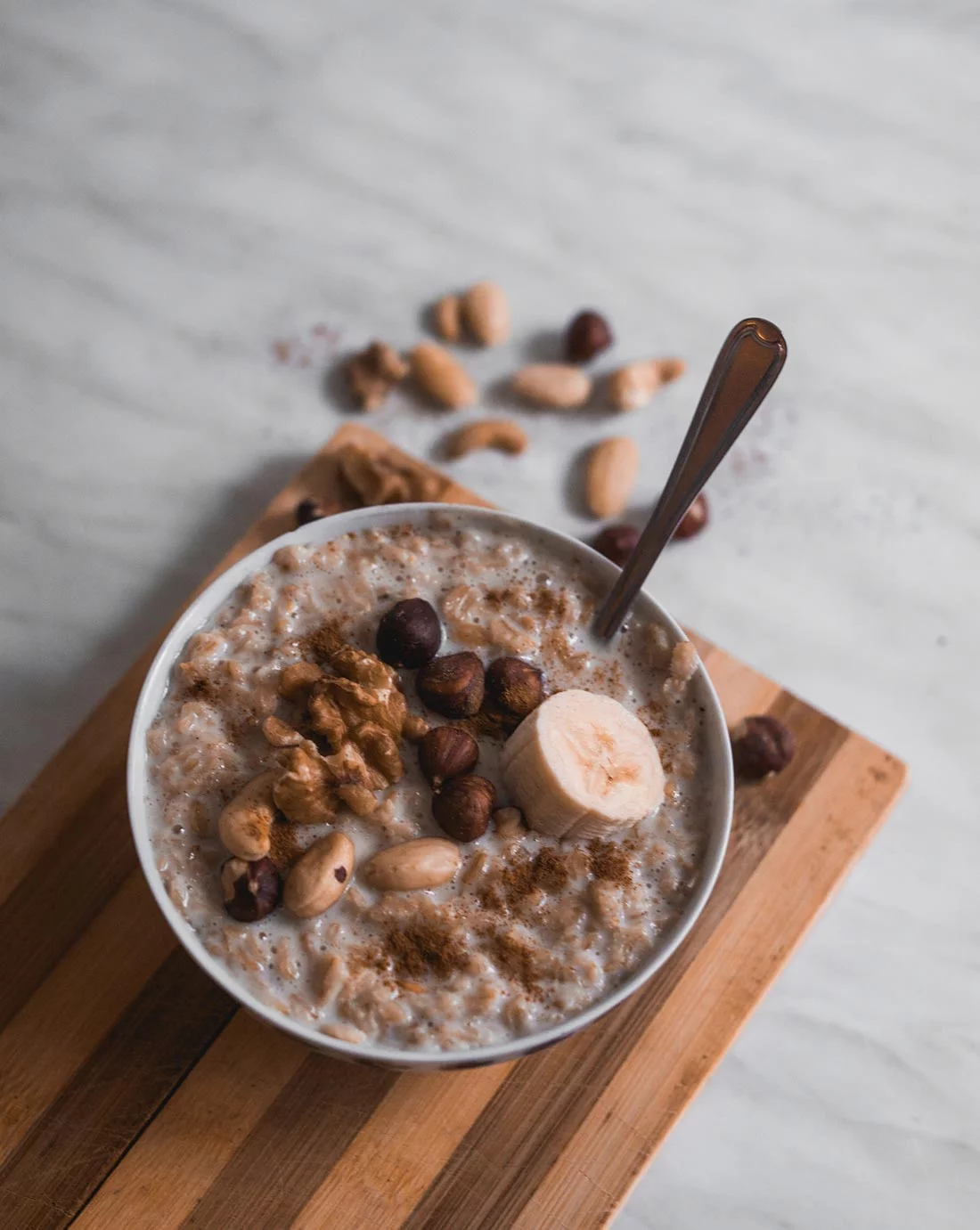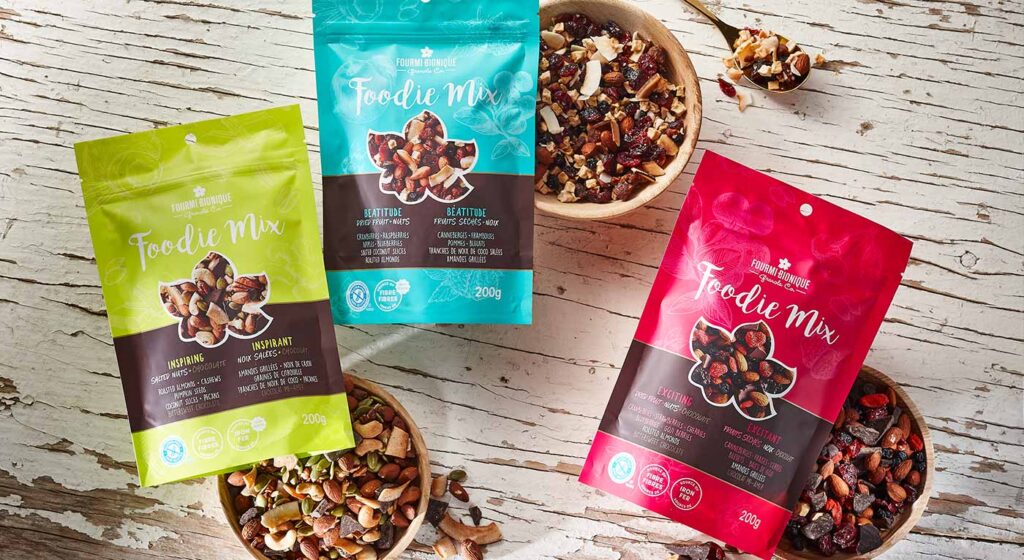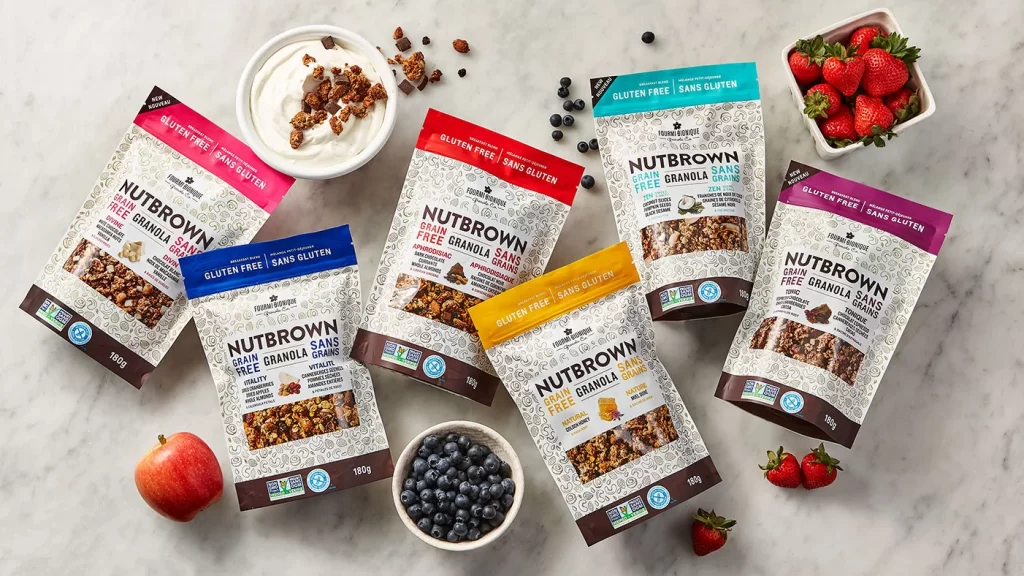When you pay close attention to your eating habits, you’ll tend to look at the nutritional information on the package, and with good reason. However, where people often get it wrong is when they focus solely on calories…
Calorie information is not enough…
Whether you are on a diet, or just trying to follow good eating habits, calories are often the main concern. But simply knowing the number of calories is not enough information to know if you are making the right food choices.
Here is an example:
Let’s compare whole wheat pasta and chocolate ice cream. If the healthiest choice seems obvious at first, in terms of calories, it’s less clear. Indeed, whole wheat pasta contains an average of 330kcal per 100g, compared with about 200kcal for a serving of chocolate ice cream.
However, if you decide to stop eating whole wheat pasta every day and replace it with ice cream instead, you might have a big surprise when you step on the scale or when you visit your doctor. So, what else can help you make the right choices?
Calories are our friends…
First of all, no need to be afraid of calories. It is often said that a woman should consume between 1800 and 2000 kcal per day, and a man between 2100 and 2700 kcal. In reality, there are many factors that will determine the number of calories you should consume:
- Your age
- Your gender
- Your height
- Your lifestyle and the intensity of your physical activity
- Your current body shape
- Your genetics, which affect your basic metabolism.
These factors need to be taken into account and calculated to determine your ideal calorie intake. The ideal would be to let a professional guide you, but you can also use some online calculators, such as:
Lifespanfitness
Healthline
Not consuming enough calories is as unhealthy as consuming too many. Indeed, if exceeding your caloric needs will push your body to store additional energy in the form of fat, a lack of calories will undoubtedly lead to sugar and fat cravings. Both scenarios can possibly lead to nutritional deficiencies and low energy.
Having a balance is essential. You have to understand that the human body is a wonderful machine designed for survival. If your body feels a lack of something, it will act vigorously to obtain what it wants. This explains the yo-yo effect that often occurs in those who follow low-calorie diets.

Consume the right calories
A need for food will be expressed either when our mind is frustrated by a drop in pleasure, or when our body is not satisfied in quantity or in quality. More specifically, the contributing factors are:
- Sensory: Sight, taste, and texture will influence the brain in the release of neurotransmitters, which will give a feeling of satisfaction;
- Digestive: Mechanically, chewing and filling the stomach also sends information to the brain on the material that is being ingested;
- Hormonal: Hormones such as leptin, insulin and cholecystokinin will be transmitted to send a message of satiety;
- Mechanical: In the small intestine, the presence of nutrients will help prolong the effect of satiety.
The real challenge is therefore to consume not only the right number of calories, but also the right sources of calories so as not to experience cravings. Eating calories from good sources promotes what we call the satiety effect and helps avoid nutritional deficiencies.
Let’s take the example of ice cream once again. The distribution of energy sources is not appropriate because the majority of the calories are derived from sugars and fats. You will get a strong sense of pleasure, but a low sense of satiety because of a low nutritional intake, a texture too easily assimilated, a short chew time and an intense energy intake which will be too quickly assimilated and stored (see this article on sugars).
Therefore, even though you have ingested fewer calories than you would have in eating a bowl of whole wheat pasta, for example, you will be hungry again very soon, which will create frustration and push you to eat again and again, which leads to a risk of ingesting more calories than necessary. You will also have eaten something that is not very nourishing, which will quickly be stored as fat in your body.
Meal splitting
Another interesting tip: take several small meals throughout the day. As long as the snacks are healthy, splitting meals will diminish your cravings, helping you maintain your weight.
We take this into account at La Fourmi
We often receive comments on the number of calories and carbohydrates in our granolas. We have provided an answer for carbohydrates in this article. Regarding calories, our products meet the strategy which is described above.
Indeed, the Grand Granola, for example, is a blend of quality whole grains (see article on grain-free) which offer an excellent satiety effect and a good distribution of energy over time. The digestion of these cereals is slower than that of a classic oatmeal, for example, which makes it a perfect ally for breakfast in order to stay satisfied until lunch, while avoiding mid-morning snacking. In addition, the nutritional density of these products means that you have to consume a smaller amount than you would with other comparable products to feel satisfied. We feel confident in saying they perform well both in terms of pleasure and satiety.
In the Grand Granola and the Nutbrown ranges, the grains, seeds and nuts that we use are full of complex carbohydrates, proteins, fibres and good fats that are rich in Omega-3 and 6. All of these guarantee that you are making a nutritious choice and getting a good source of pleasure to boot 😊.


